The Lamborghini Aventador Superveloce made its global debut at the Geneva motor show earlier this year, and made its dynamic debut at the Goodwood Festival of Speed earlier this summer.
Lamborghini Aventador LP750-4 Superveloce driven
A more powerful and lighter version of the regular Lamborghini Aventador LP700-4, just 600 examples of the £321,743 Superveloce coupé will be made - but it's understood that all the cars have already been sold. A Roadster variant is due to join the range at the Pebble Beach concours in August.
On its reveal at the Geneva show, the Aventador LP750-4 SV coupé was described by the company as the “most pure incarnation of a Lamborghini to date”. It features a more extreme look, an overhauled chassis, a high-revving naturally aspirated V12 engine and an extensive use of carbonfibre to reduce the weight by 50kg over the standard 1575kg Aventador LP700-4 coupé on which it is based.
At the heart of the Aventador SV is a mighty 6.5-litre V12 that now produces 740bhp at 8400rpm, a sizeable increase on the 691bhp the engine produces in the standard Aventador. The increases are down to optimised variable valve timing and variable intake systems. Torque remains the same (507lb ft at 5500rpm) but the engine now revs all the way to 8500rpm.
This increase in power, together with the lighter weight and an improved aerodynamics package, results in a 0-62mph that’s cut from 2.9sec to 2.8sec from the standard Aventador, and a top speed of “more than 217mph”. The power-to-weight ratio is rated at 485bhp per tonne.
The seven-speed automated manual gearbox comes to the SV from the standard Aventador. The exhaust system is newly engineered and Lamborghini says it creates a wide variety of “music”. It features four central tips at the rear of the car.
The Haldex permanent four-wheel drive system remains on the car distributing torque front and rear. There is a self-locking differential on the rear axle and an electronic differential lock on the front axle, which links in with the ESP system.
A Drive Select system with three modes (Strada, Sport and Corsa) is offered. This alters the engine, transmission and differential responses, and the handling and steering characteristics.
Weight has been saved by using carbonfibre for parts including the engine bay cover, rear wing, wing panels, interior door panels, bucket sports seats and air intakes. Carpets and certain noise insulation are also taken out, while the multimedia system is a no-cost option, the maximum weight saving being achieved by doing without it.
The pushrod suspension system now incorporates new magnetic fluid-filled adaptive dampers which are said to counteract brake dive and body roll, and make the steering and handling more responsive. A new variable electromechanical steering system called Lamborghini Dynamic Steering is also offered on the Aventador SV.
Forged centre-locking lightweight alloy wheels, measuring 20in in diameter at the front and 21in at the rear, and finished in matt black paint, feature on the SV. The wheels are shod in Pirelli P Zero Corsa sports tyres. Carbon-ceramic brakes are fitted to the SV as standard.
Most striking in the Aventador SV’s new look is the large rear wing, which can be manually adjusted to three different positions. The wing contributes to the SV’s significant increase in both aerodynamic efficiency and downforce over the standard Aventador, without increasing drag.
Also new at the rear is the adoption of mesh to increase engine cooling, and a large diffuser, with many parts made from carbonfibre. At the front, there is what Lamborghini calls a more “open” style, with larger air intakes to improve cooling, and a skirt and two front wings providing improved aero and greater downforce. More visible carbonfibre can be seen at the front, a material also used for the exterior mirror housings and air intakes above the rear wheels.
The stripped-out interior is notable for featuring a new woven carbonfibre fabric for the seats and other parts of the cabin. Called Carbon Skin, the Lamborghini-developed material is claimed to be the lightest fabric available, soft to the touch yet hard wearing.
Parts of the Aventador’s carbonfibre monocoque are also on display in the cabin for the sills and centre tunnel. The seats are carbonfibre-backed, and other materials include Alcantara and leather. Another new feature inside is the instrument cluster – a TFT screen that adopts gearshift and G-force indicators.
Q&A Maurizio Reggiani, Lamborghini head of R&D
What was the main goal with the Aventador SV?
"To create the pinnacle of a super sports car, something that is very different. Creating something more than the Aventador is not easy but we worked on all areas and identified potential improvements such as the design, making the aero as extreme as possible and increasing the downforce without penalising drag. You are able to corner at very high speeds and keep applying more power; cornering in this car really is fantastic. We also added in the MagneRide system and new variable steering."
What’s it like to drive?
"You must also factor in the 50 extra horsepower and 50kg less weight than the Aventador. What I think, though, is that every driver will be able to use the agility and the stability in long corners; you can really push the limits and still not arrive at them. The downforce and suspension really push the car and make sure it does not lose contact with the ground. There’s an unbelievable synchronisation between the suspension, steering, engine and downforce.
"The SV is the new benchmark for a super sports car in the world field. It’s also the most pure with its [naturally aspirated] V12; there is nothing comparable to it."
How good does the engine sound?
"One of the parameters for the car was to have the exhaust announce its arrival in a more aggressive and brutal way."
Does the normally aspirated V12 engine still have a future?
"Our engineers have the right experience and knowledge to redefine it every time and keep pushing the upper limits. There are physical limits, but I see other potentials still. They’re not easy to achieve. Every extra horsepower we get out of it is due to the experience of our engineers, not by adding more with a turbo. This is why we’re proud of every horsepower and extra Newton metre we add. And I’m pretty sure this isn’t the end of the story."
Tell us more about the Carbon Skin interior fabric…
"It was originally developed on the Aventador Concept J three years ago. It’s something we decided to push forward after the reaction. To develop such a material for automotive use is a long task but we’ve validated it in the field and met all the targets – everything from colour to smell. It’s much lighter than leather or Alcantara, so in a super sports car it is the perfect material for appearance and weight.
"It is about 30% of the weight of leather, so a significant 70% decrease in weight. The next step is to industrialise it and produce more. [It is expensive] but look at the cost of carbonfibre now compared with 30 years ago."
How challenging was it to reduce the Aventador’s weight by 50kg?
"It was more than 50kg, because adding in the magnetic dampers and adaptive steering added in weight. We worked in several areas; the carbonfibre bodywork saved a lot of weight. Inside the car, making the carbonfibre monocoque visible for the first time helped us."

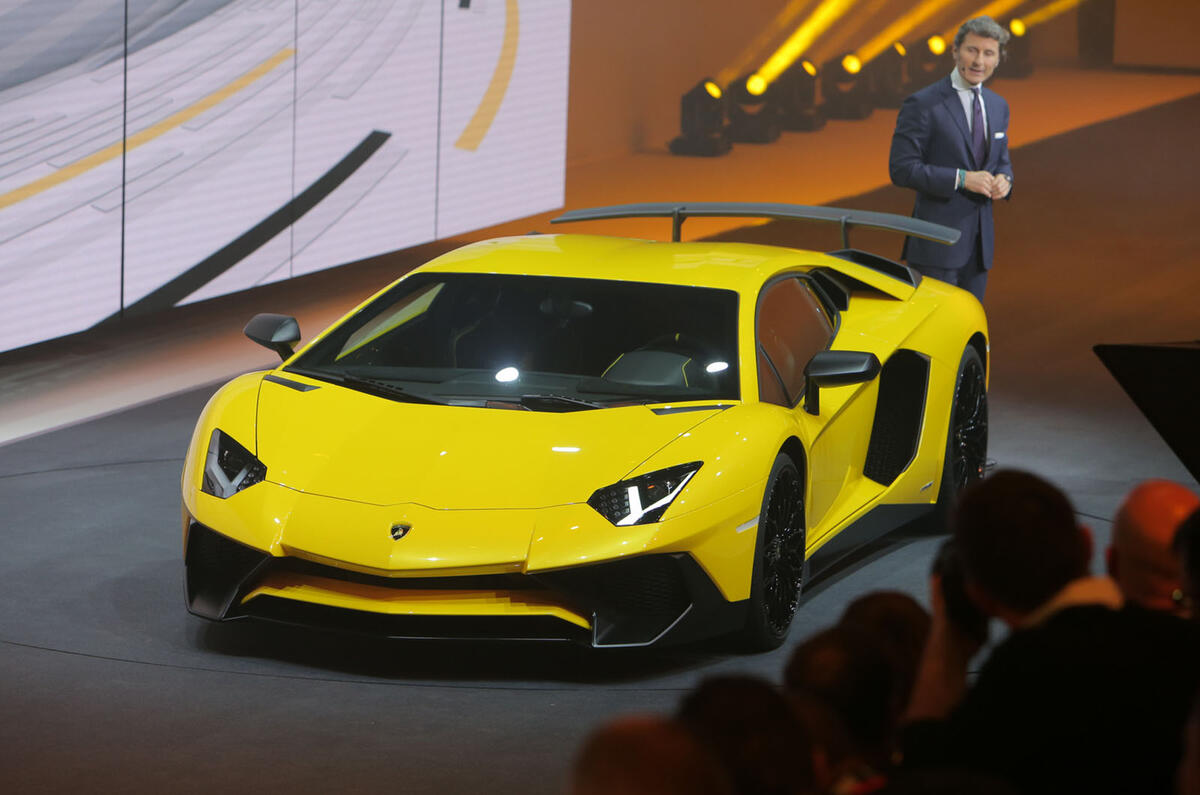
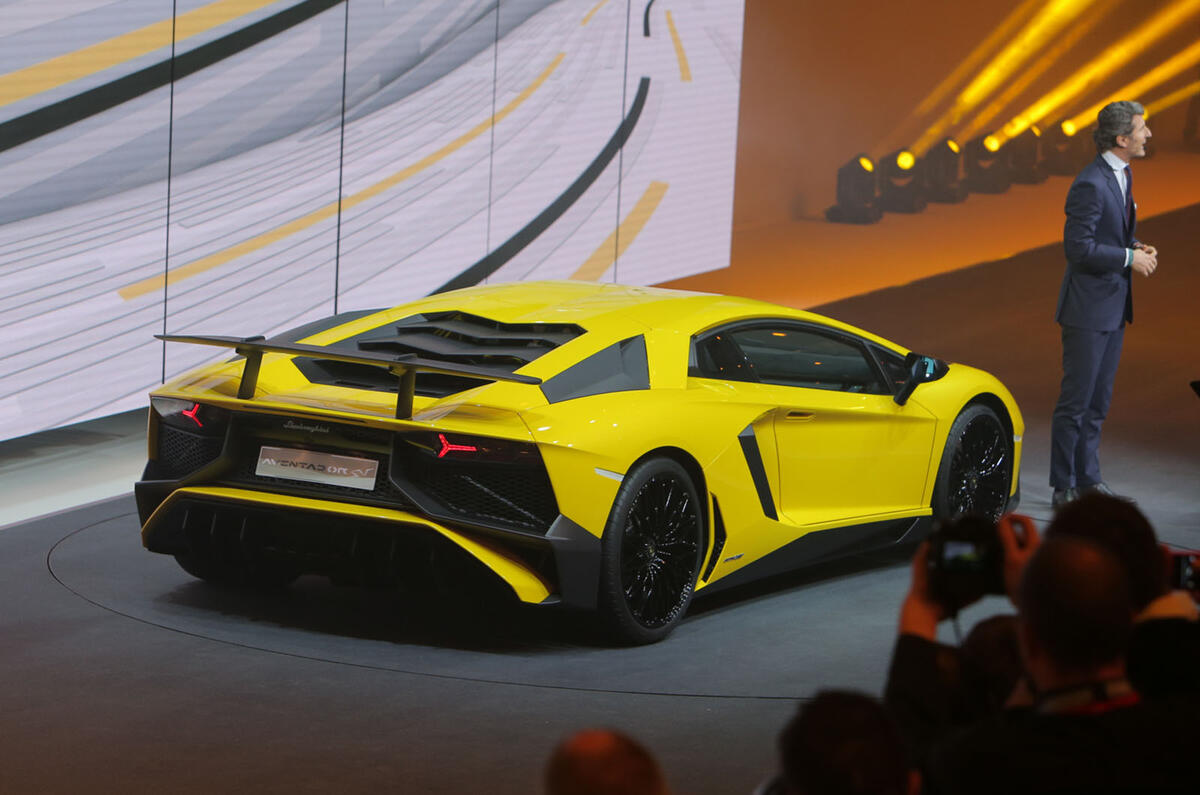
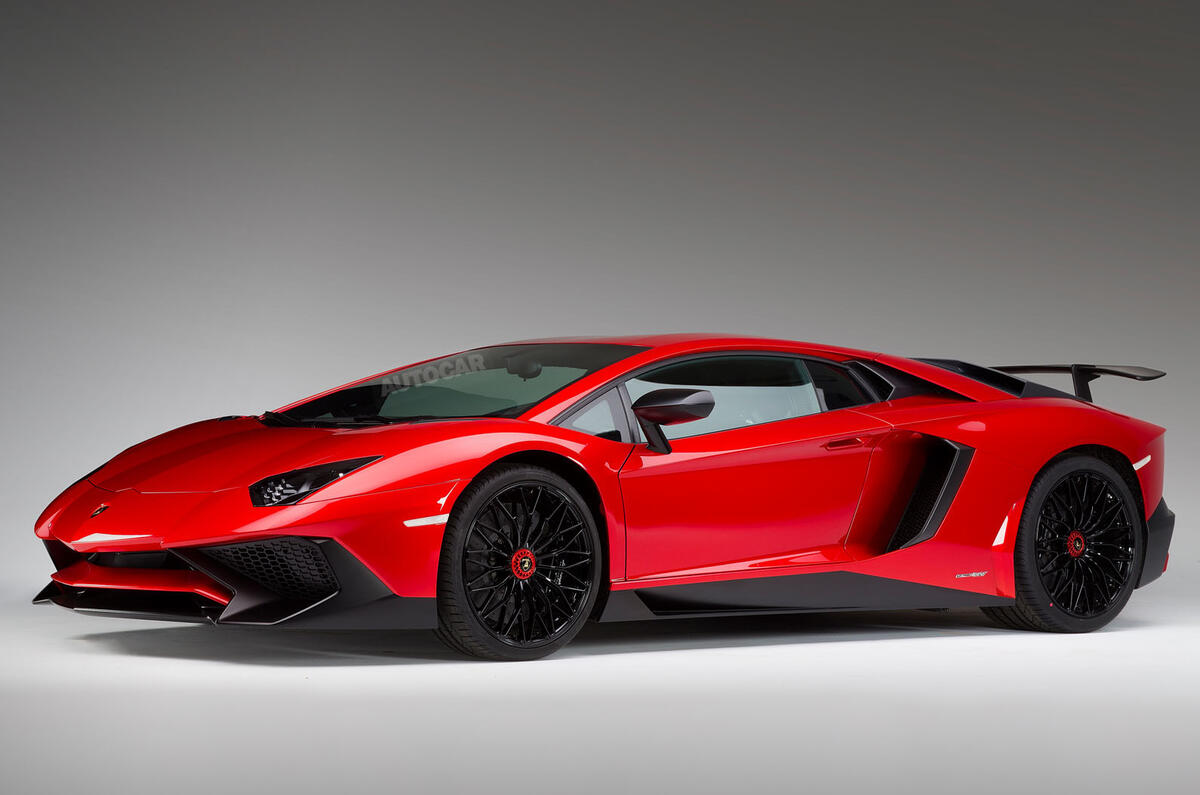
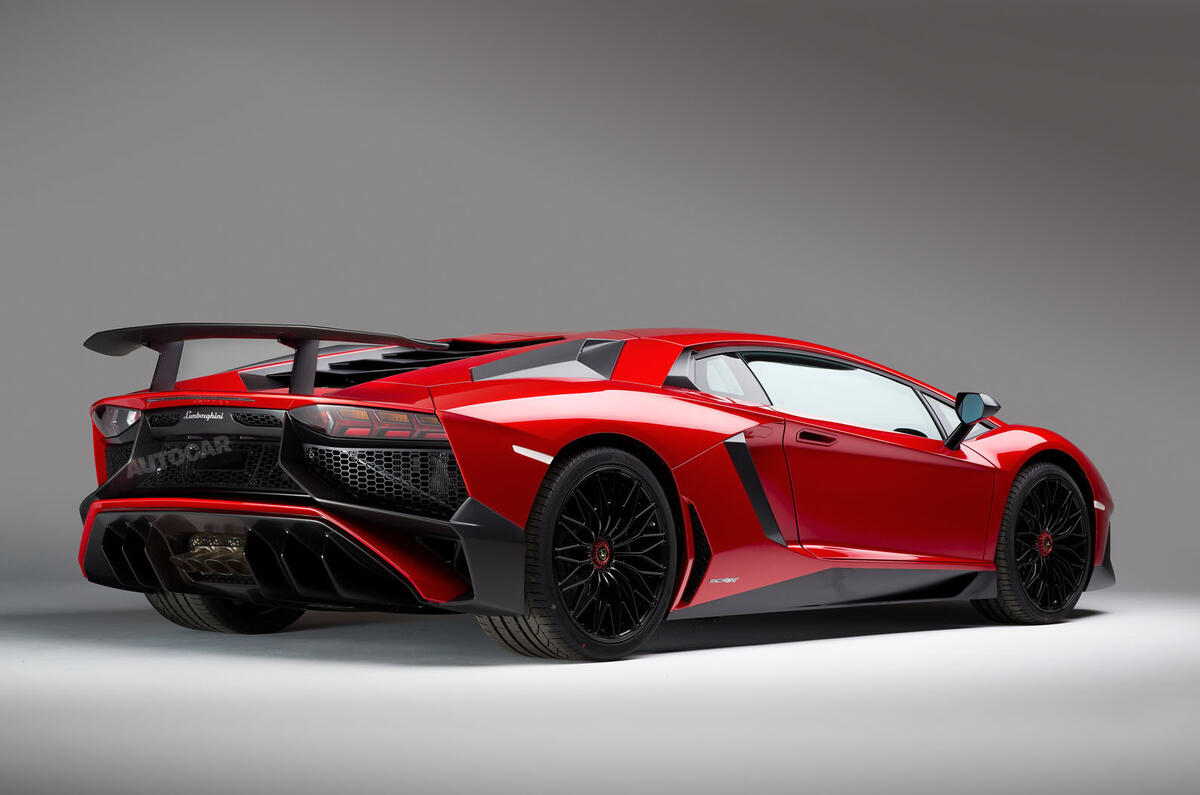
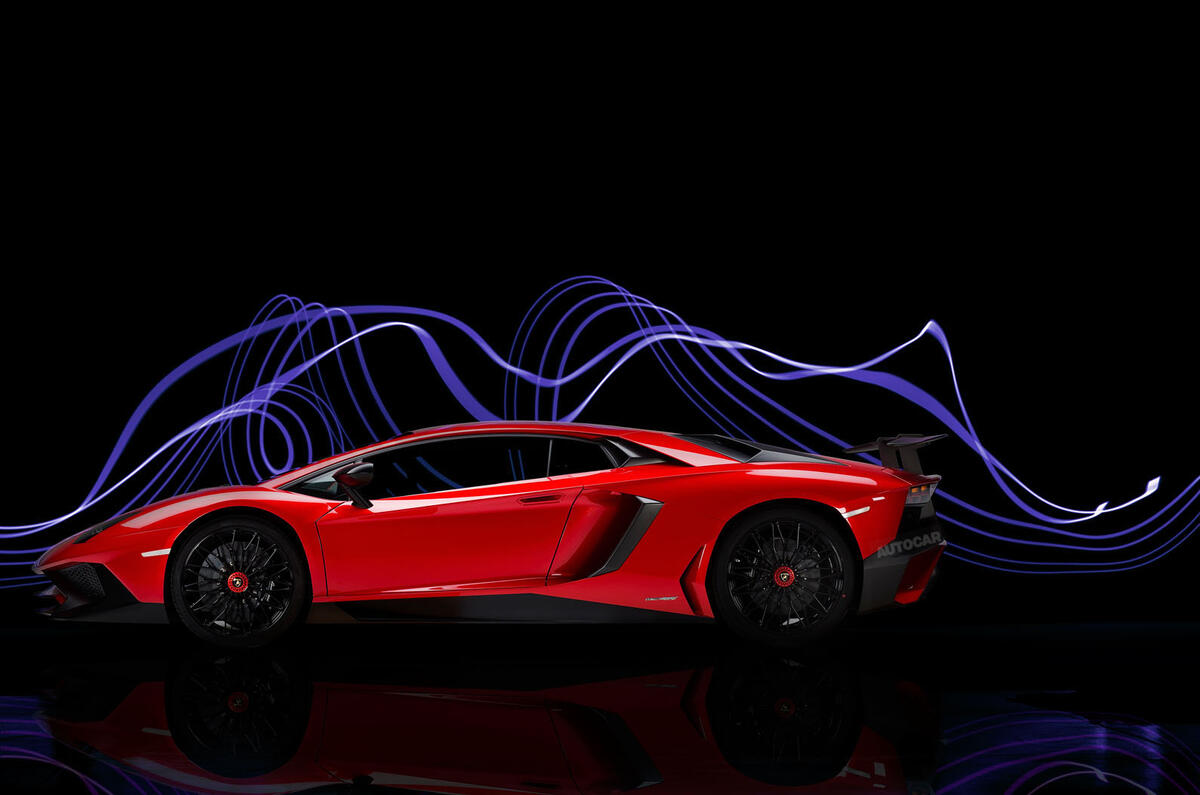

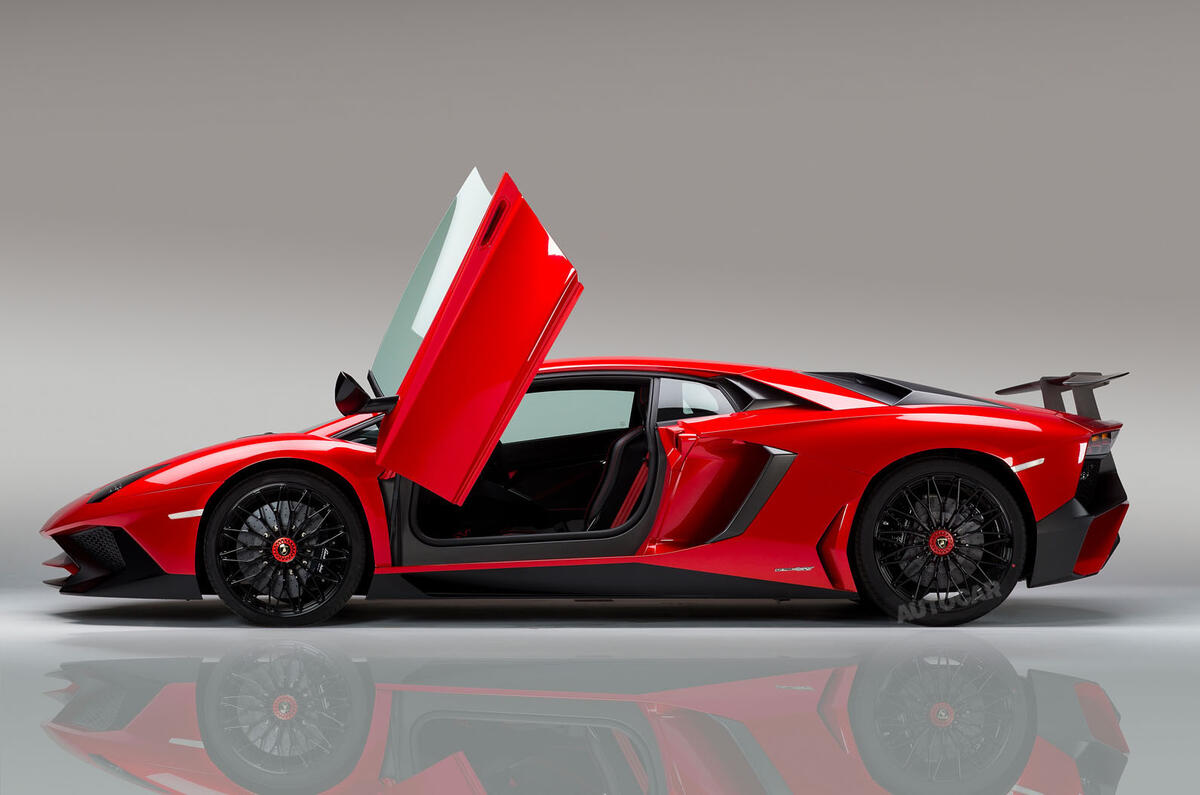
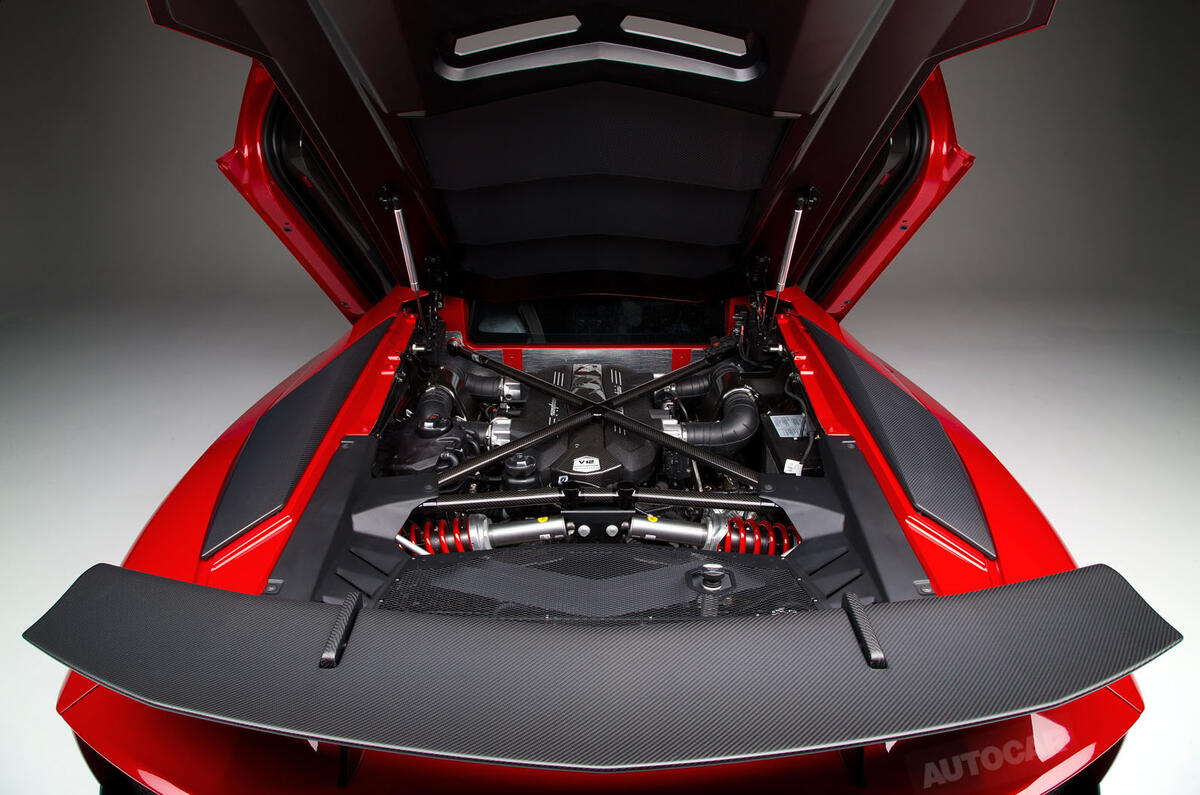
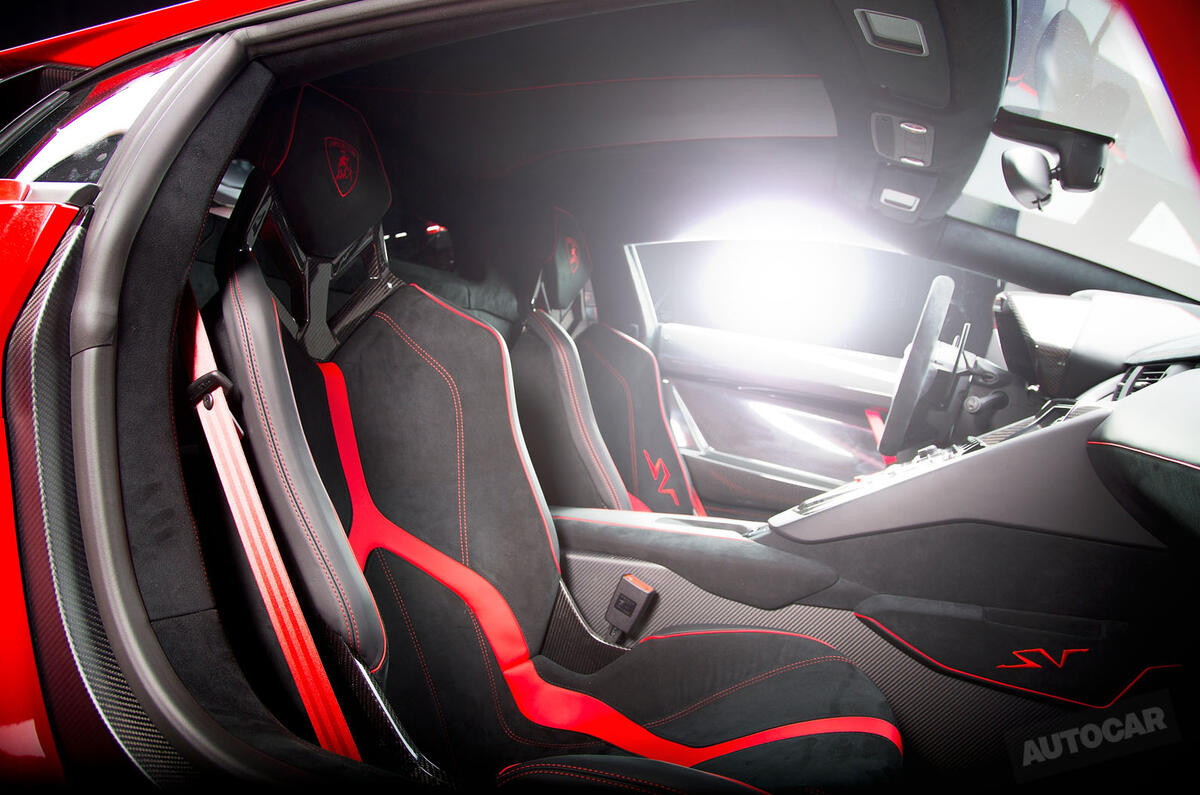
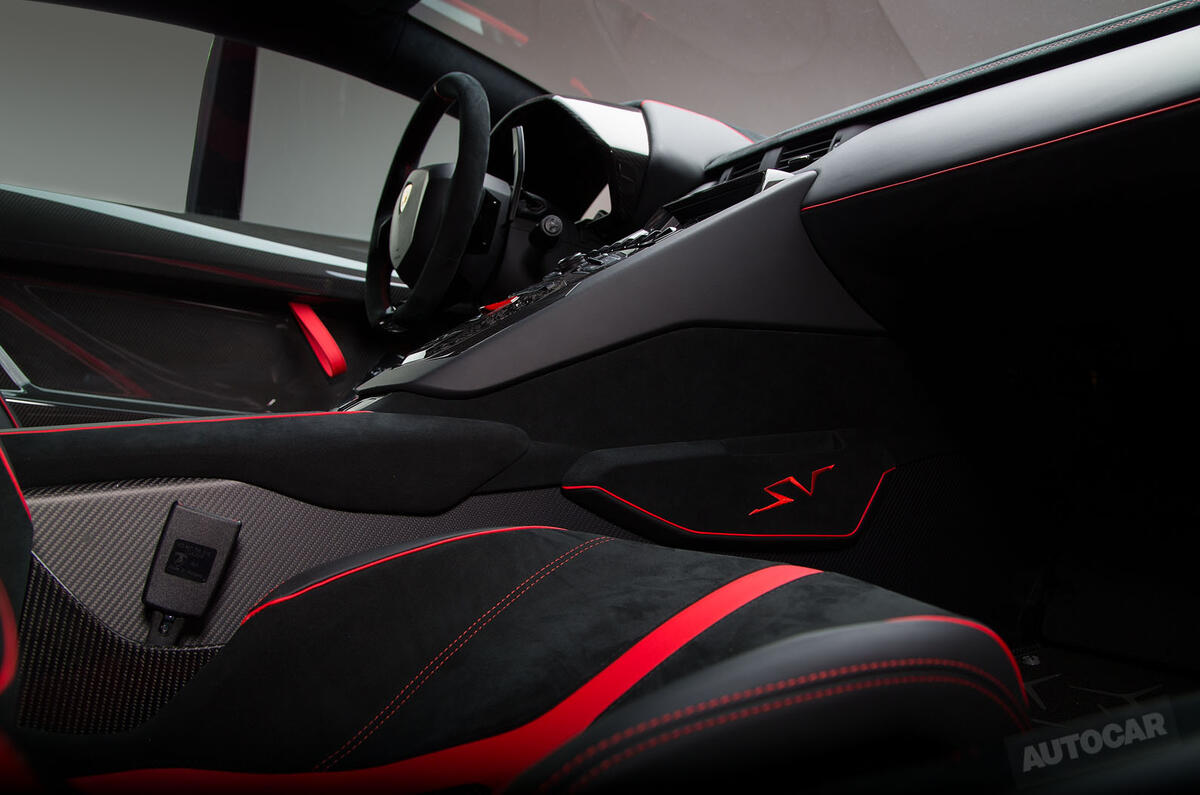
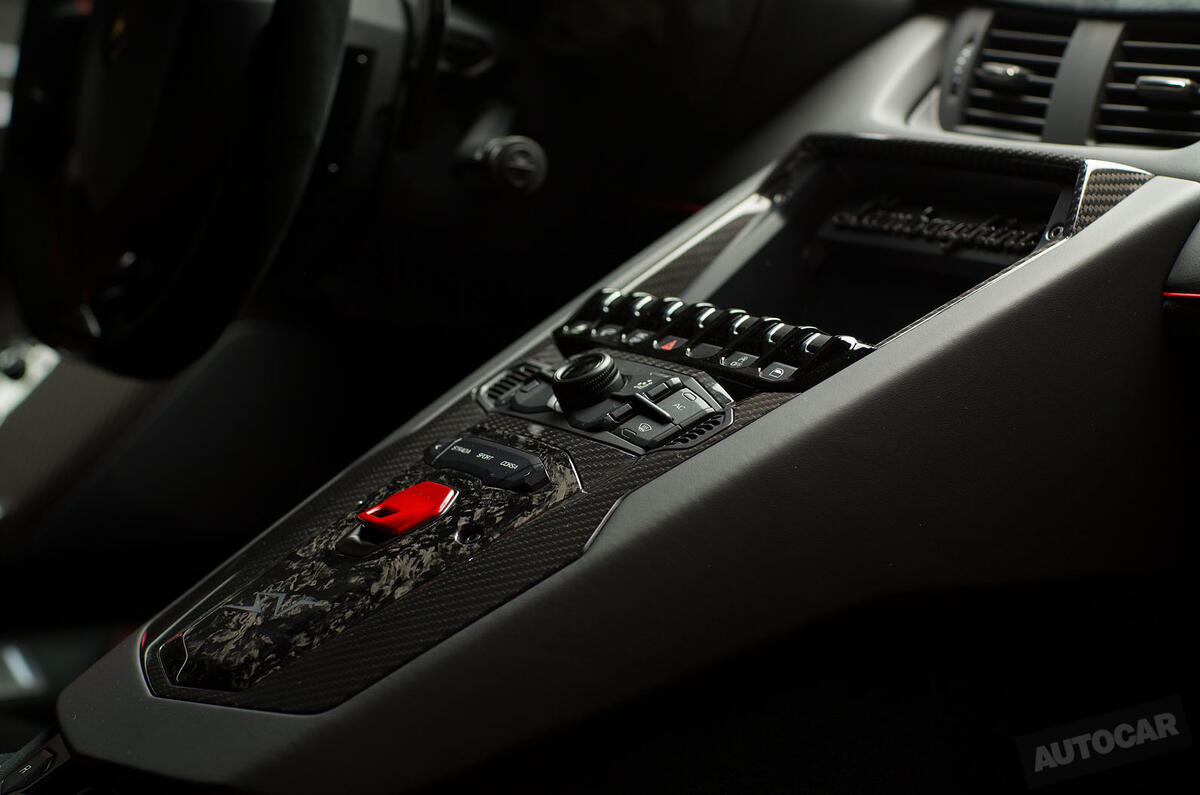
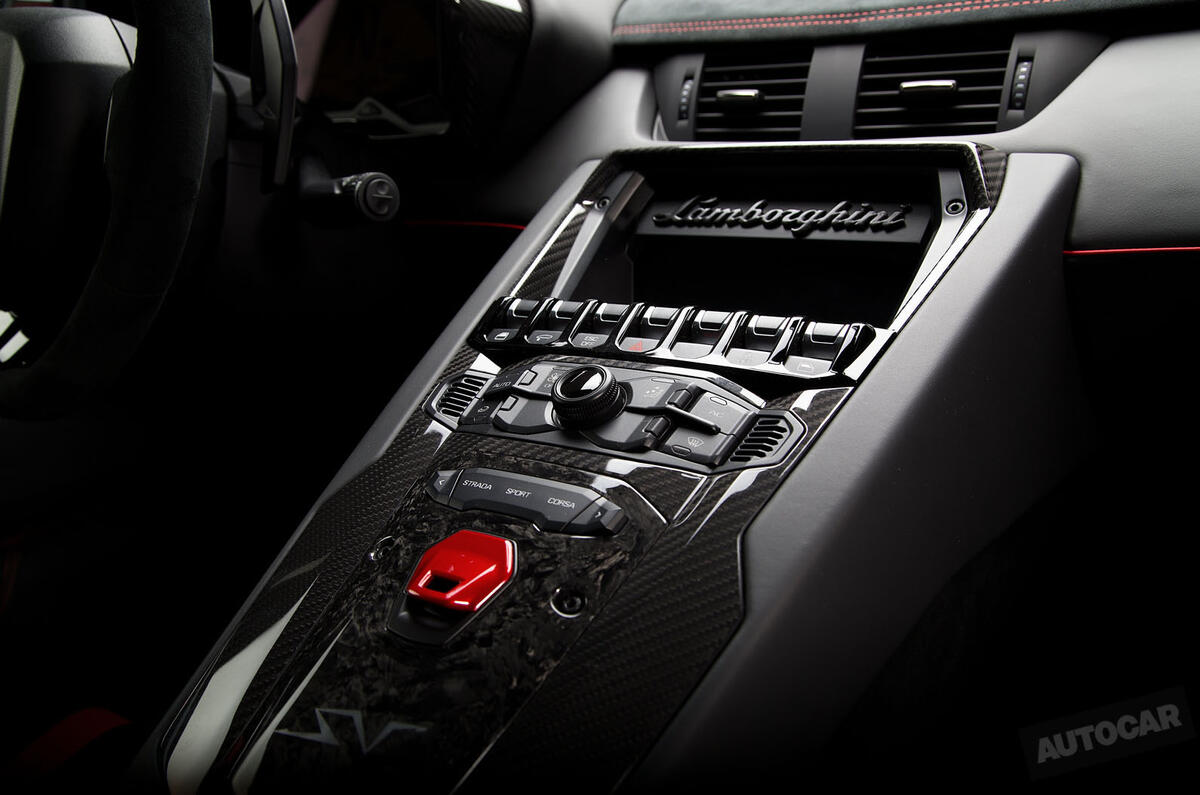
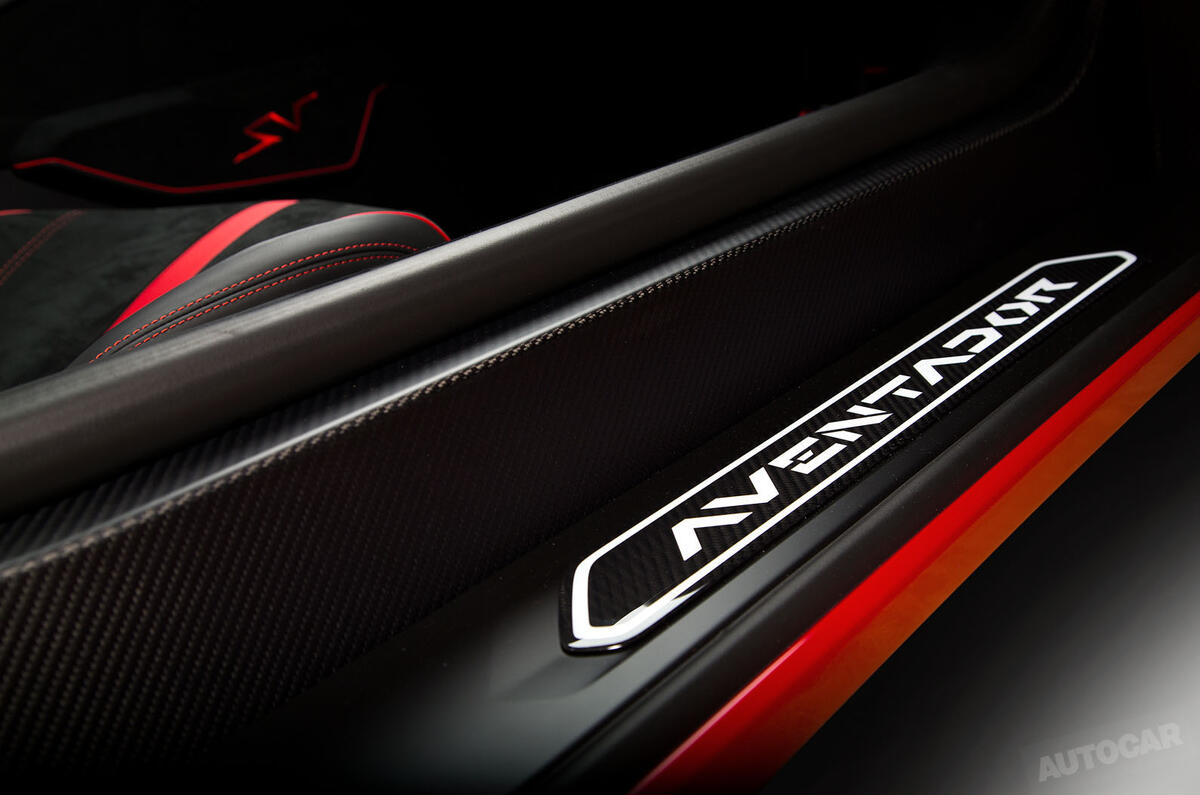
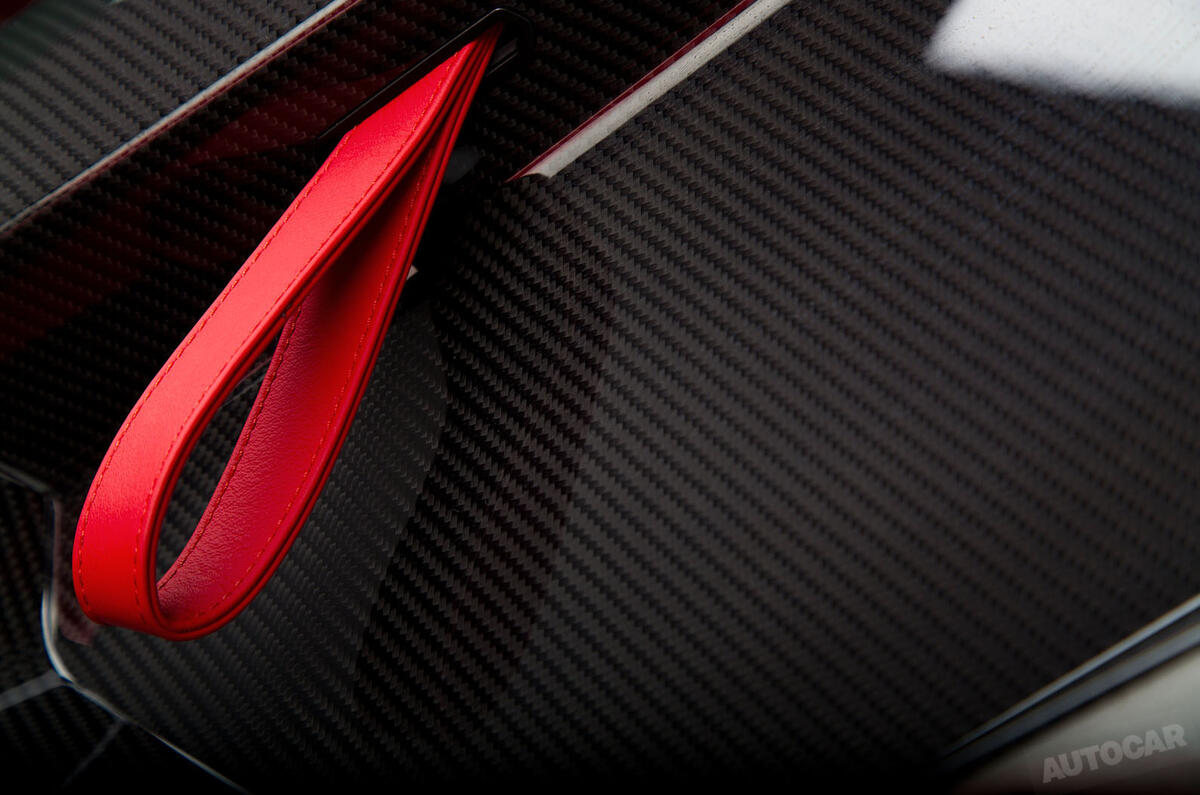
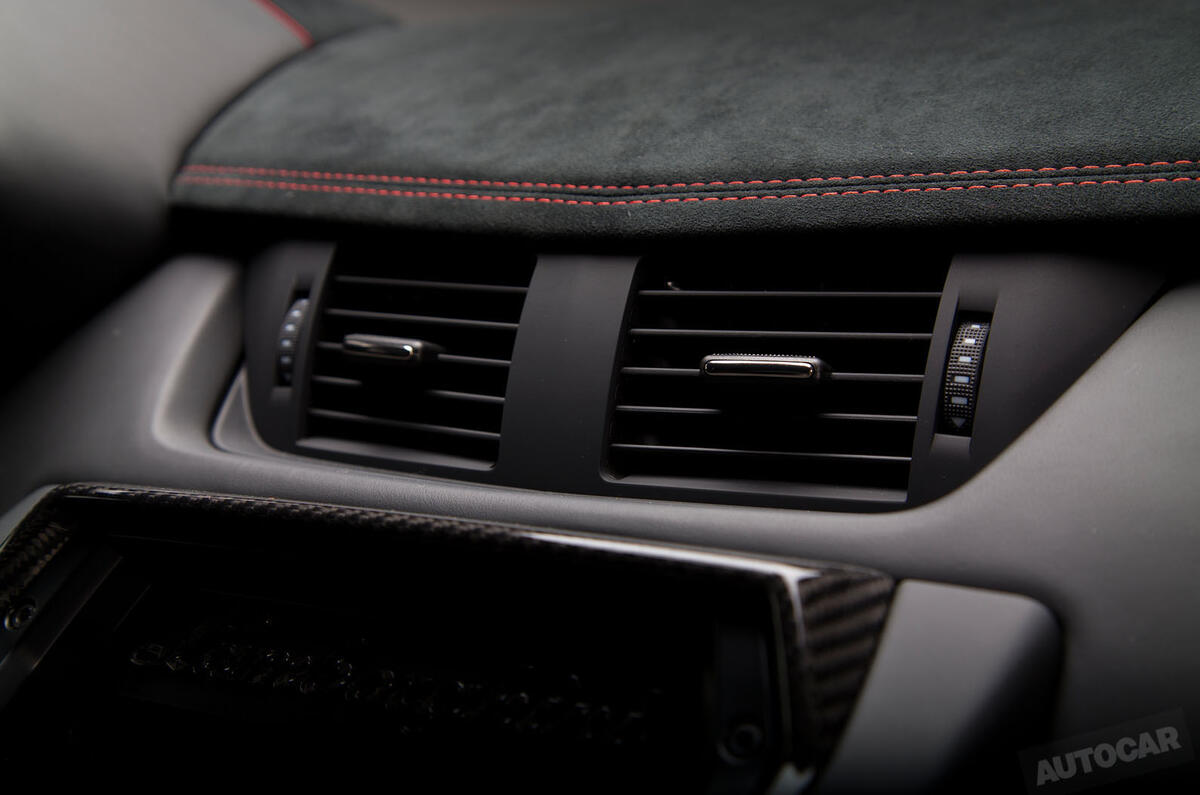
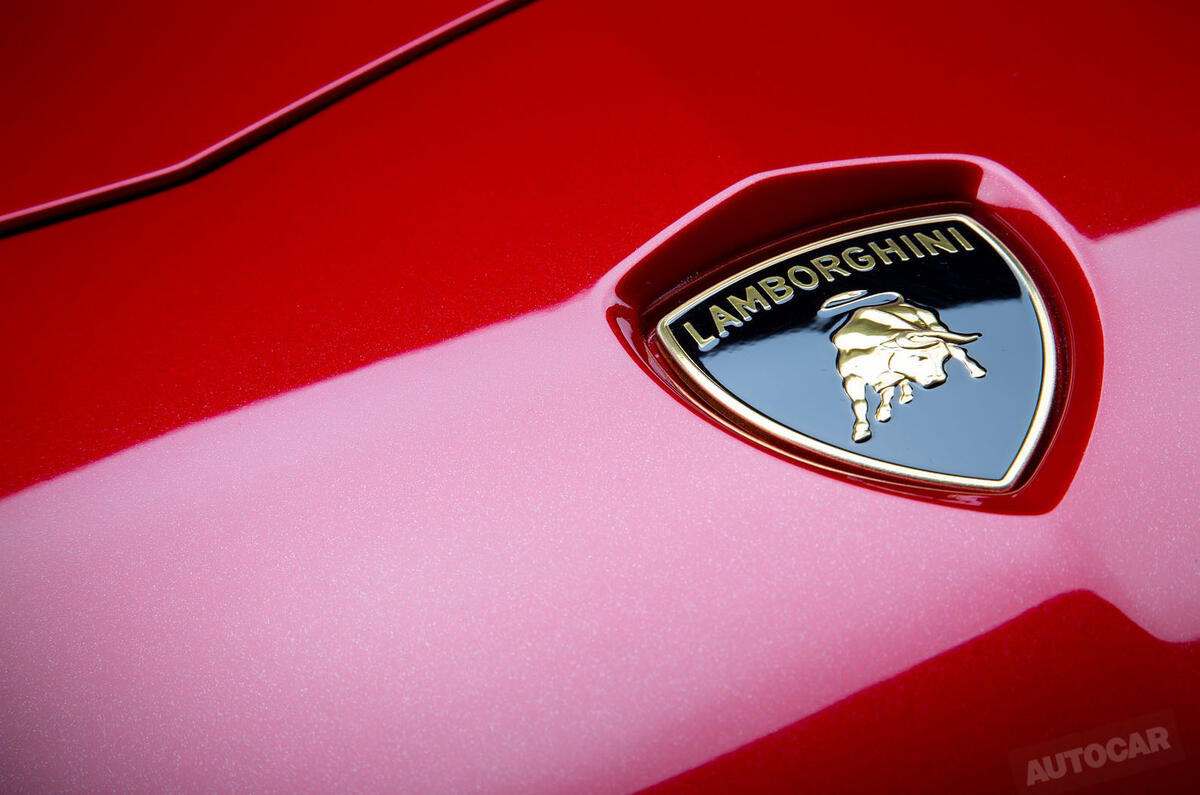
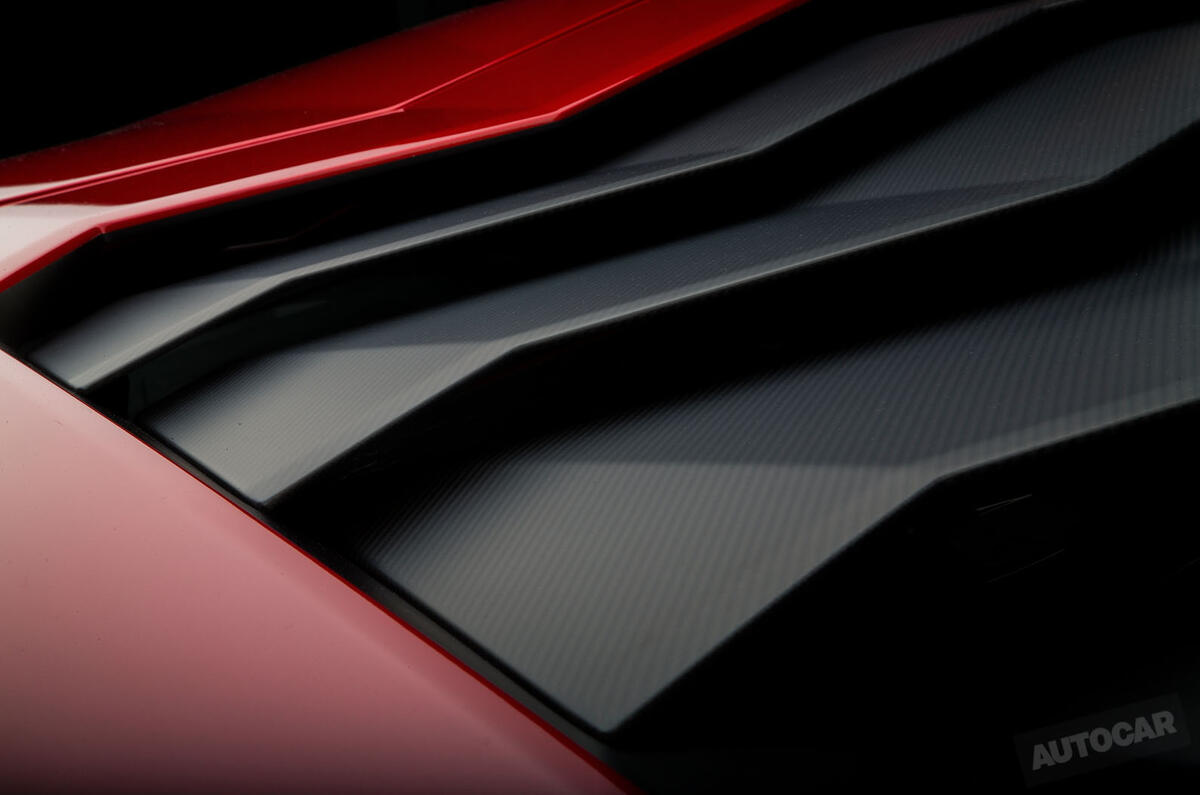
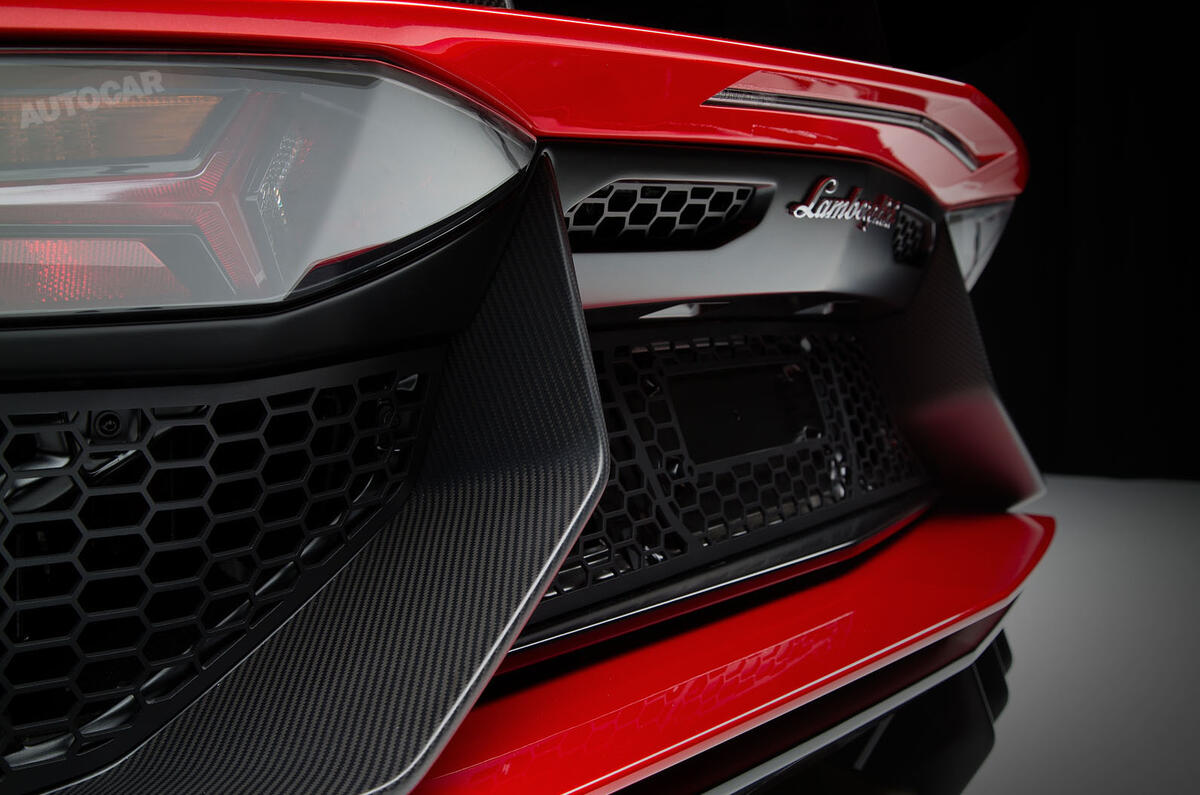
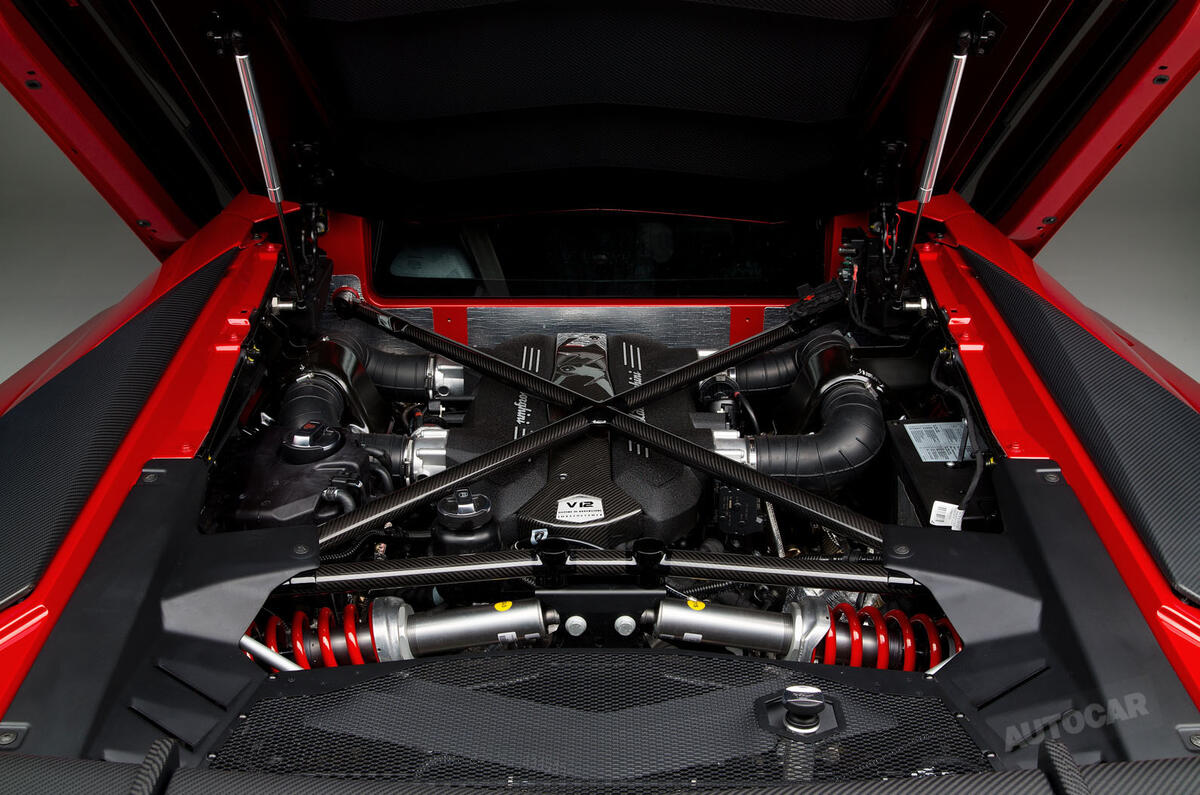
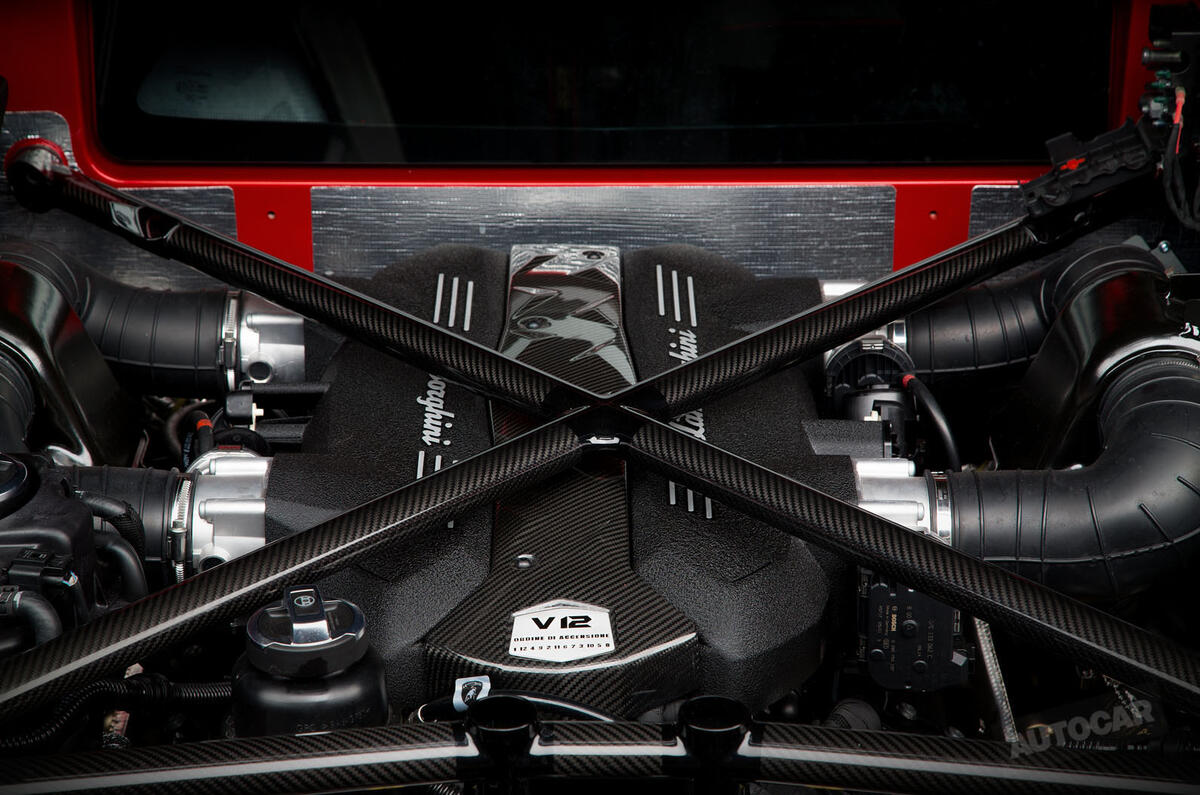
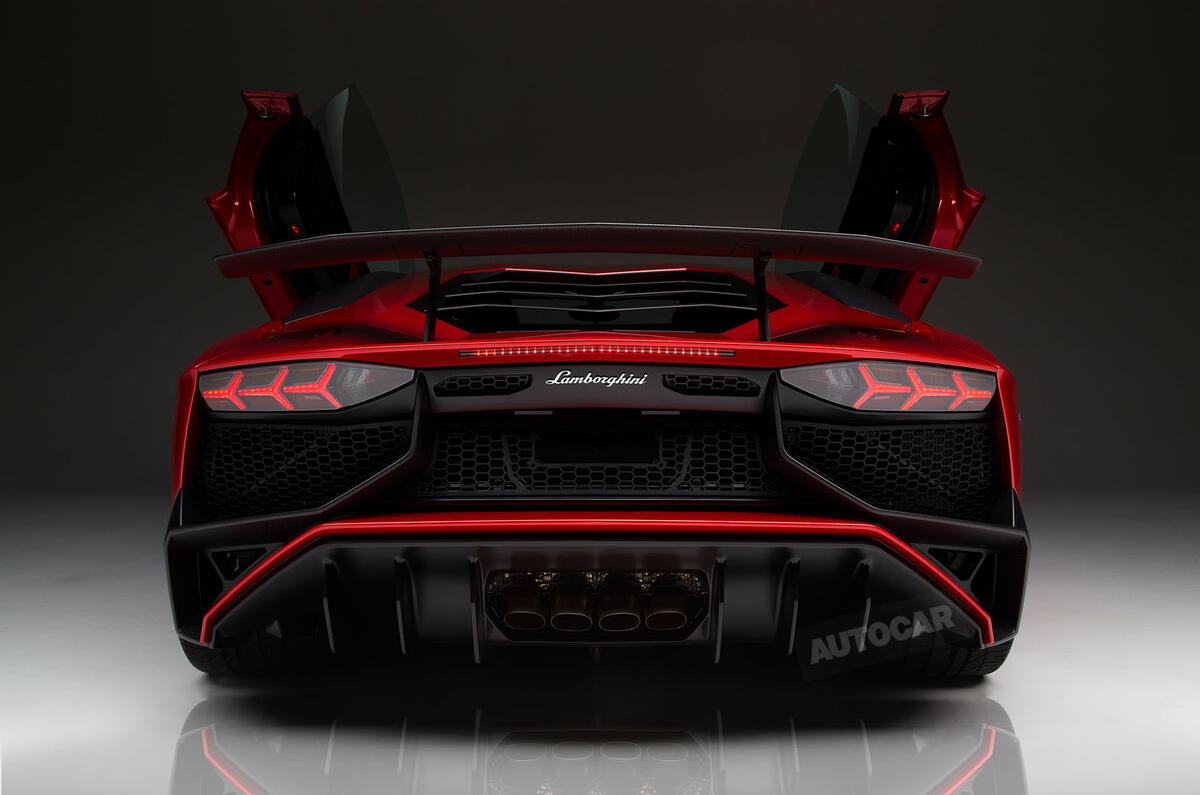
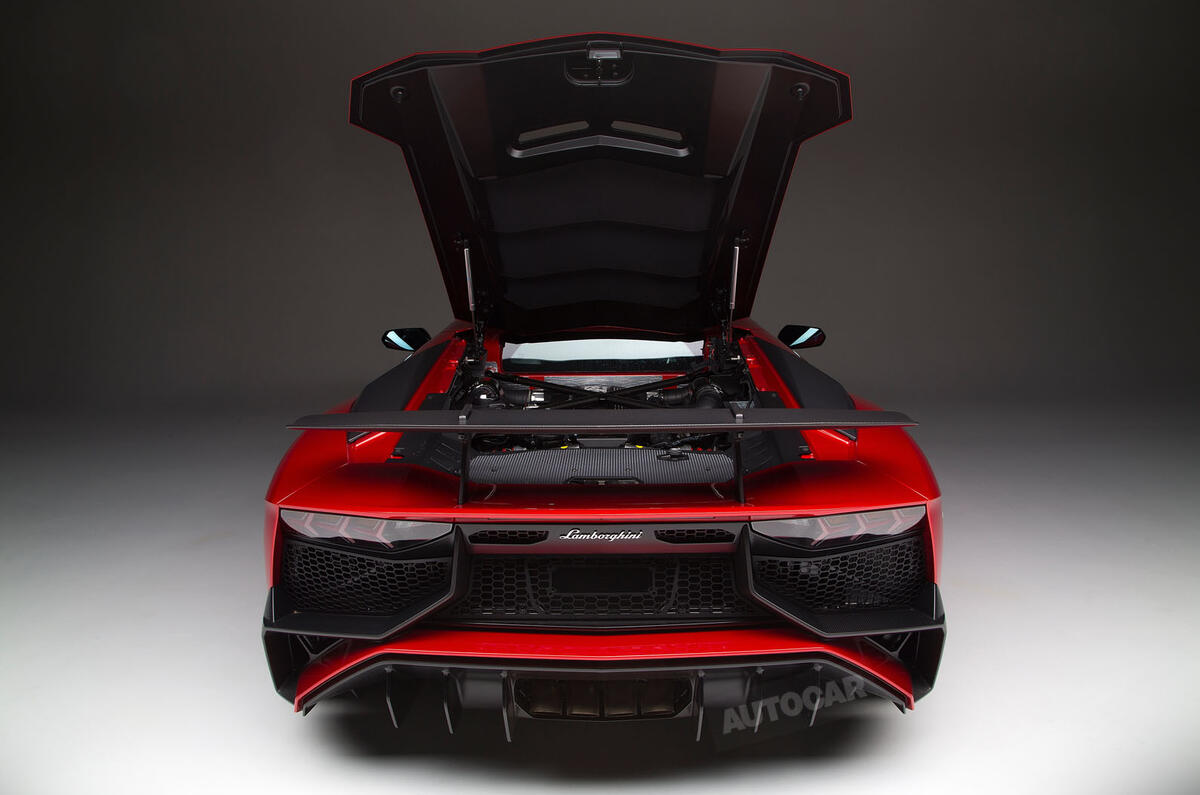
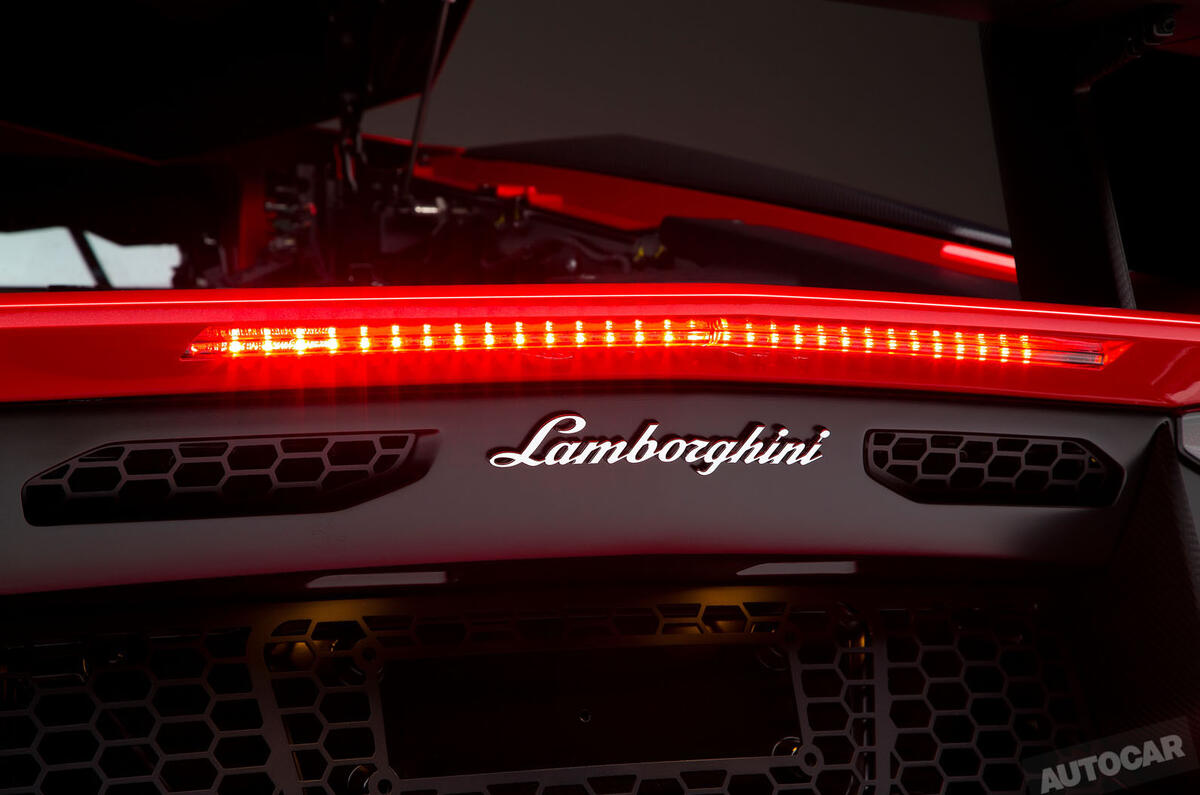
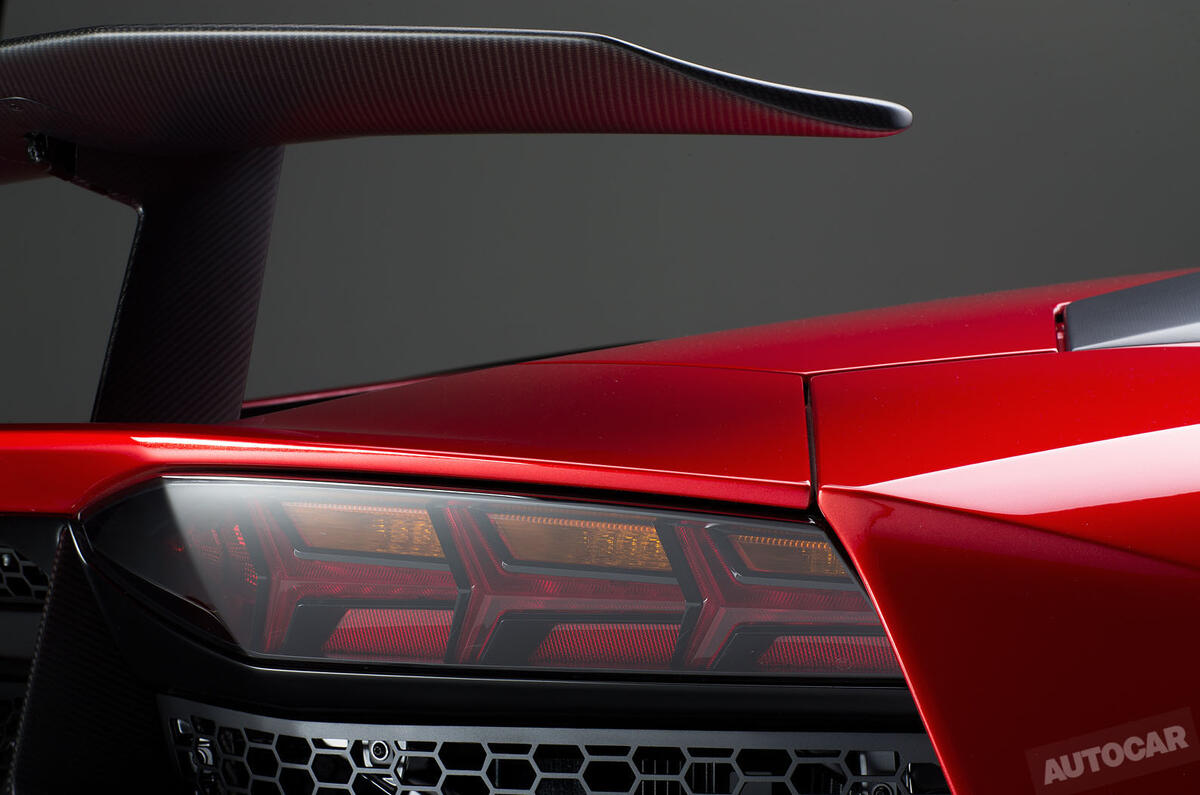

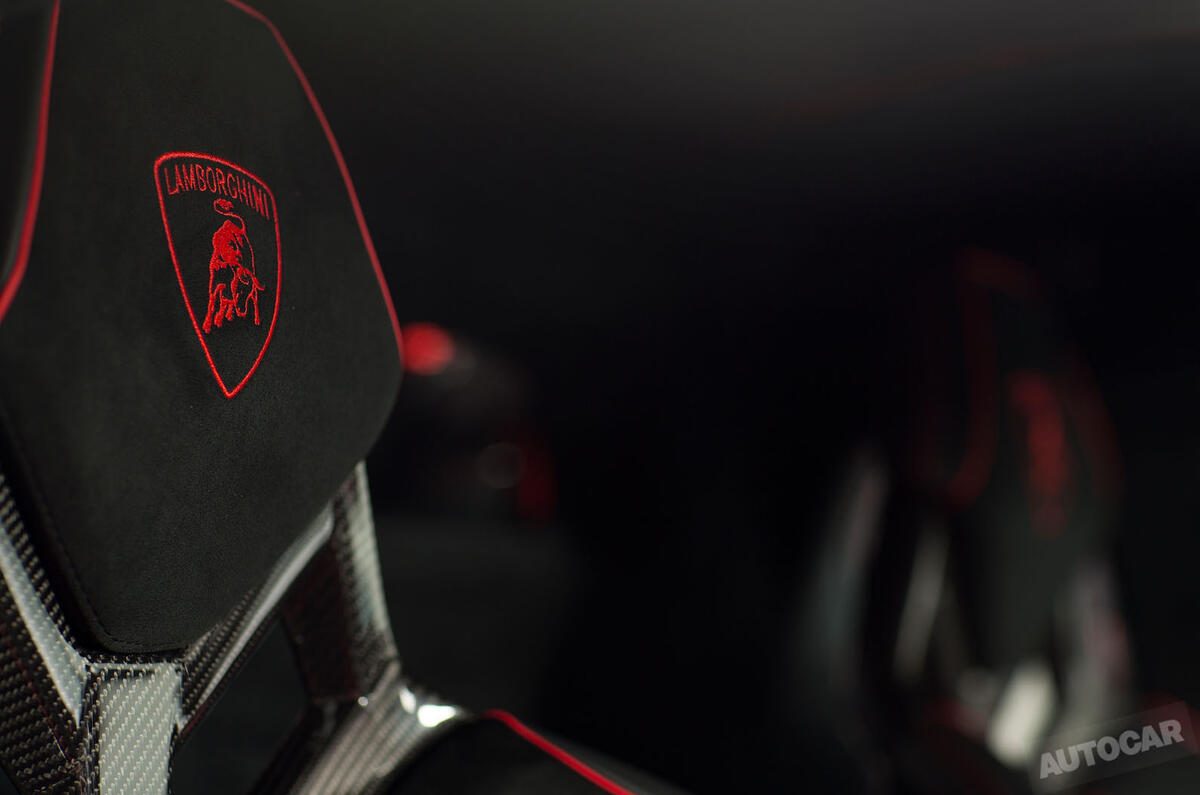
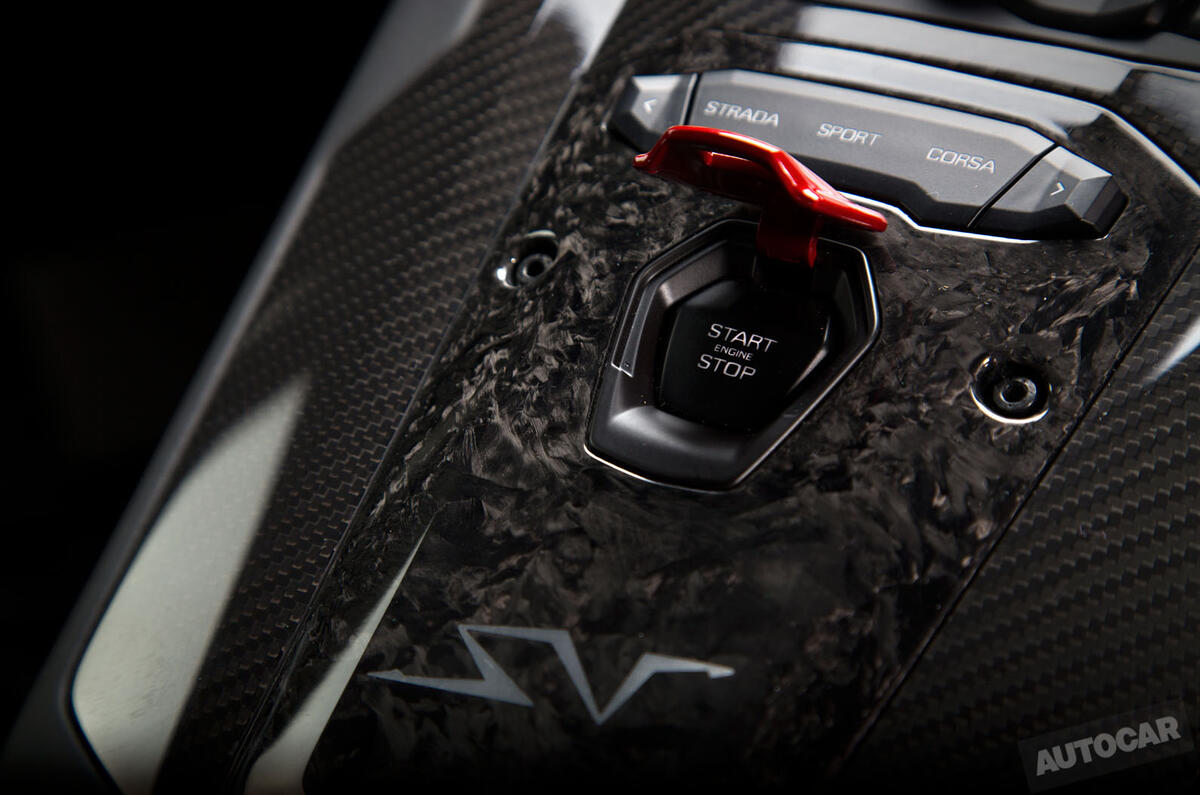
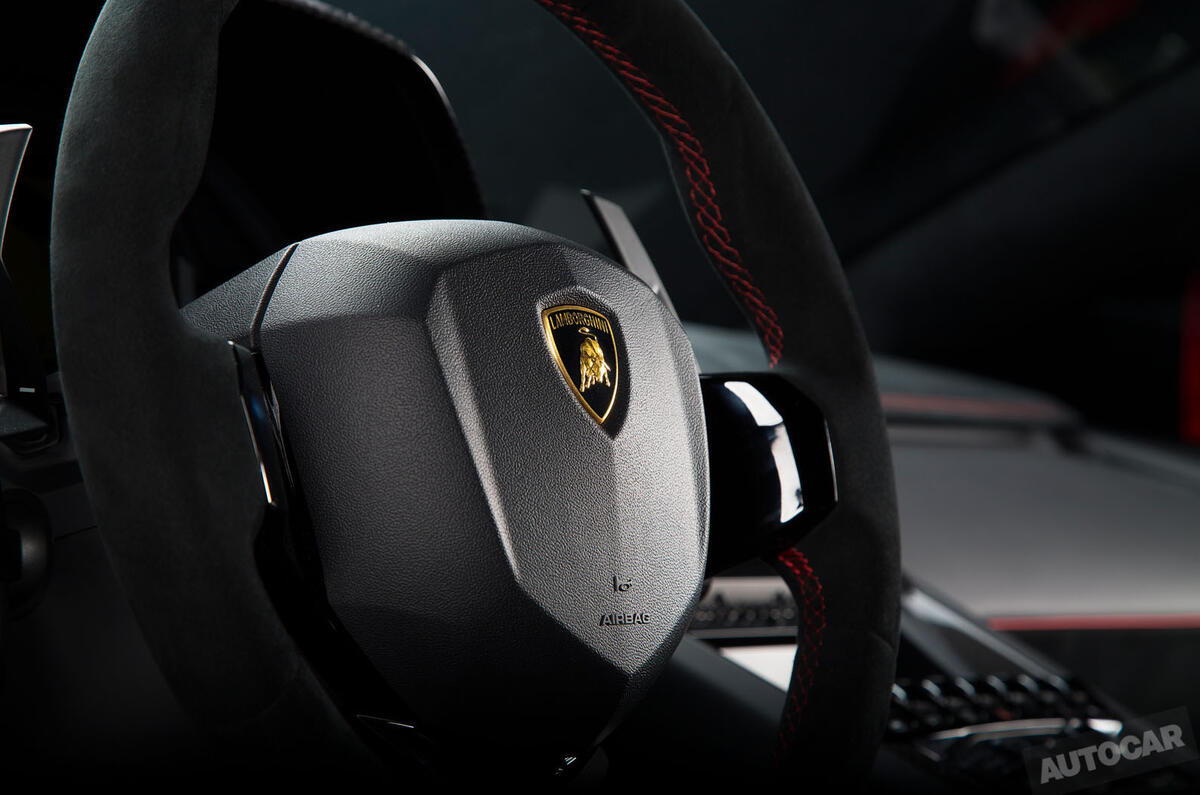
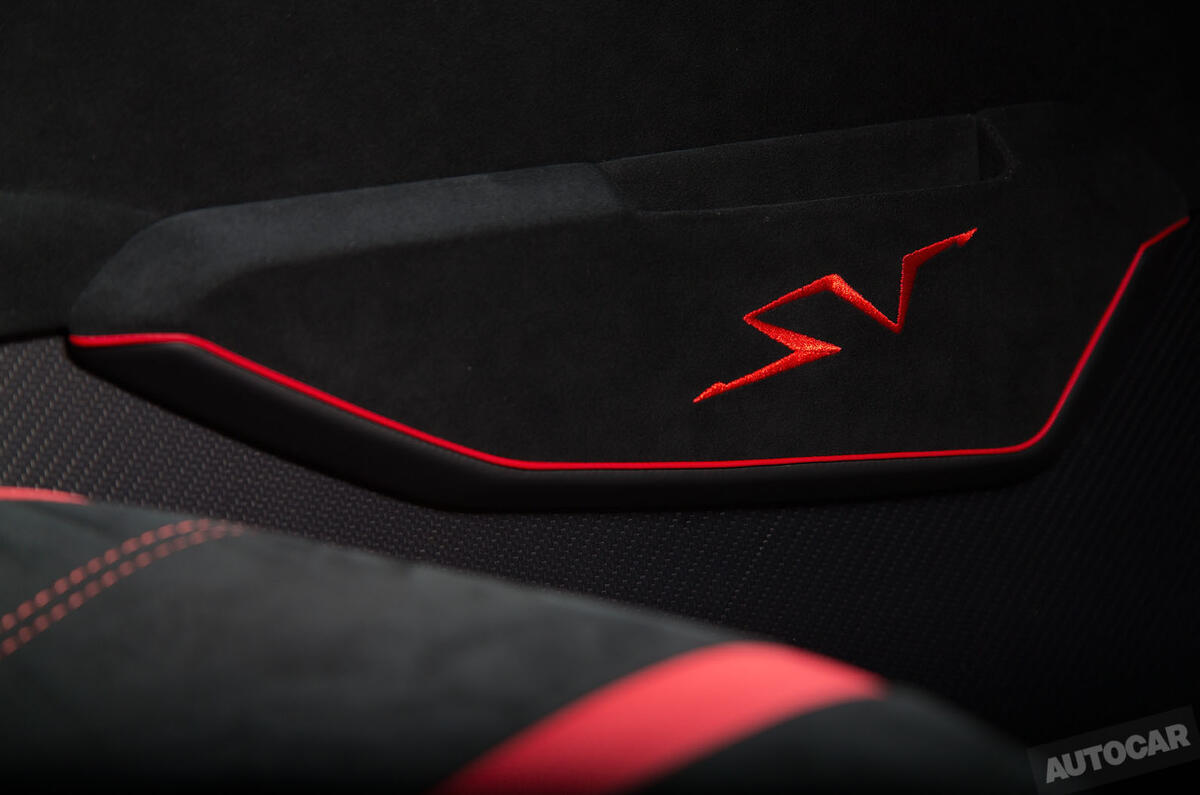

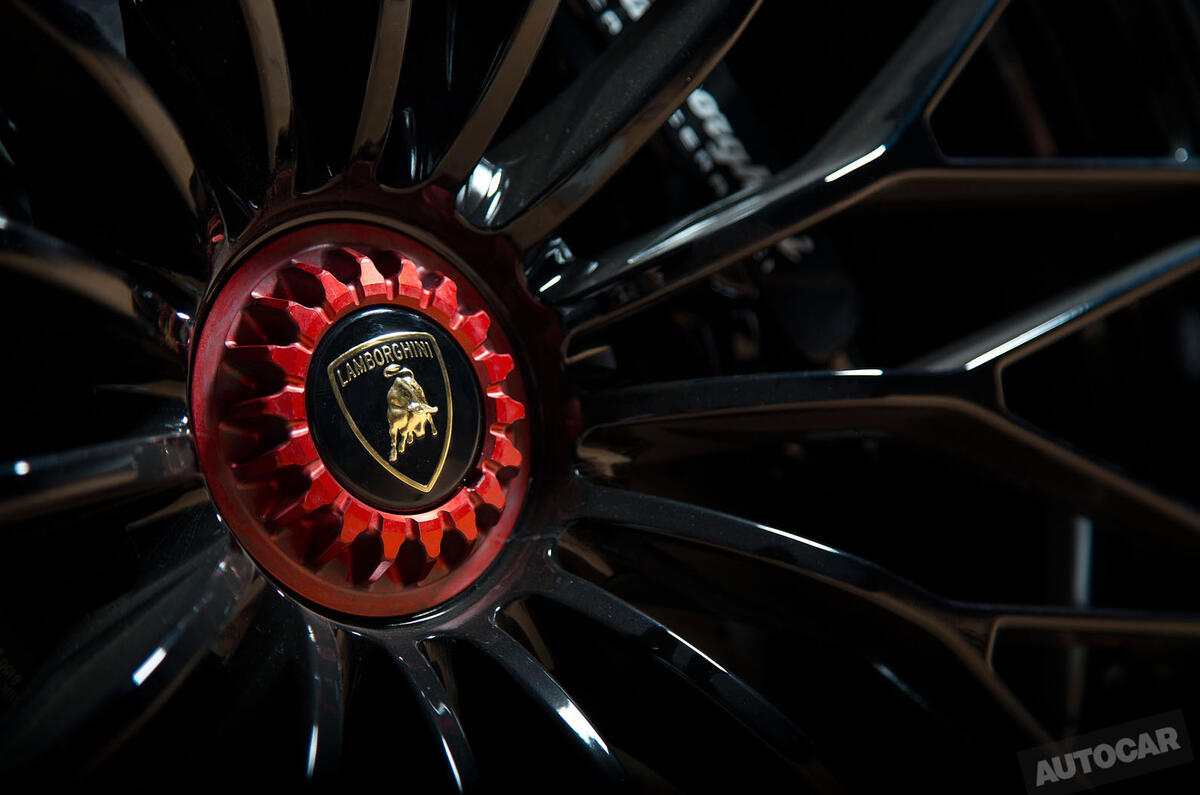
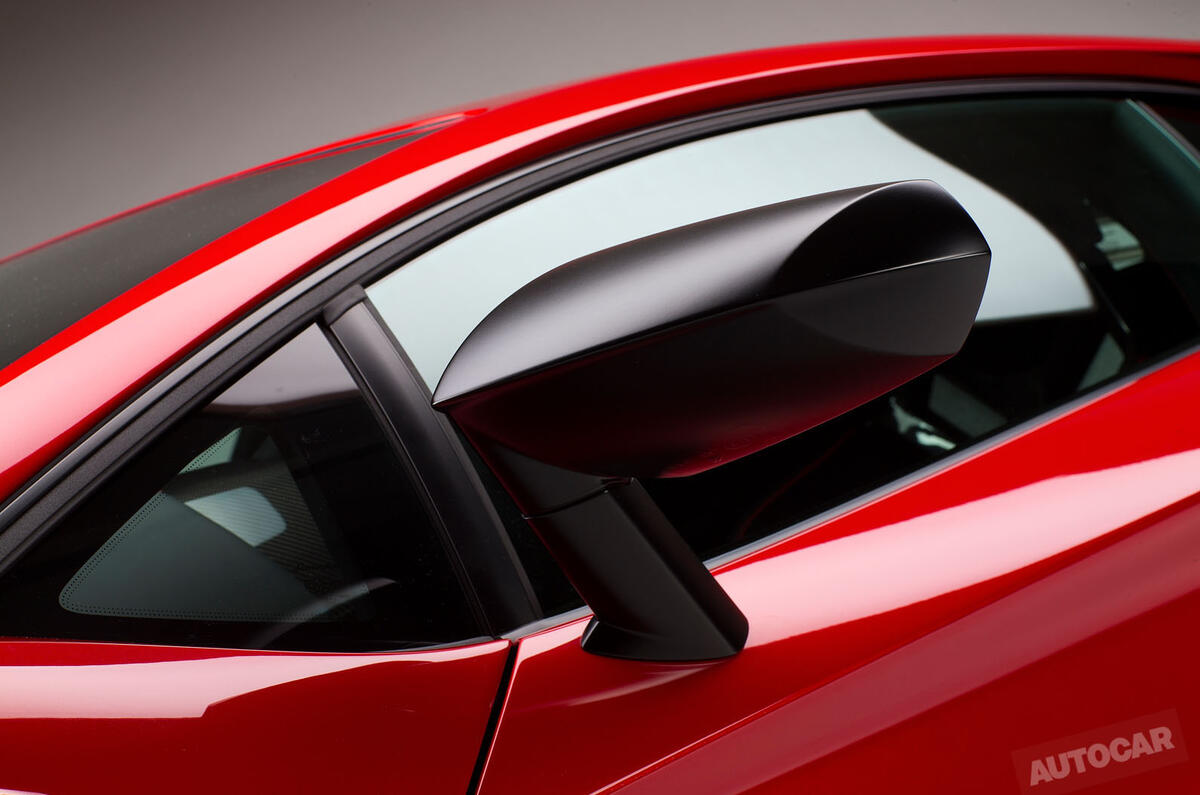







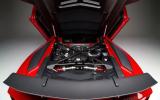
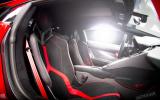
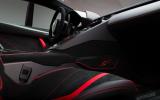


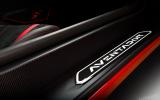
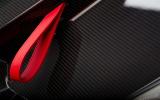
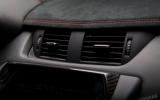

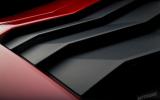
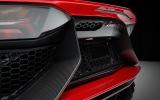
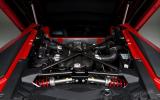
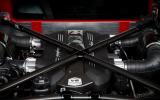
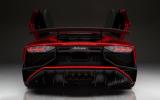
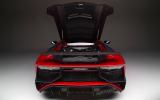
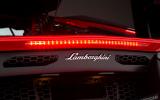
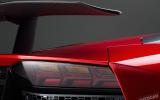
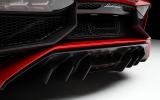

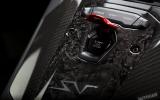

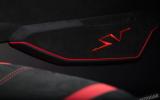
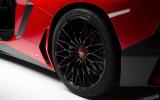
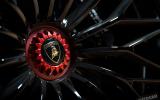







Join the debate
Add your comment
Wow!! just Wow!!!
I'd rather have a Murcielago
.
Leslie Brook wrote:How come
The interweb works in mysterious ways.